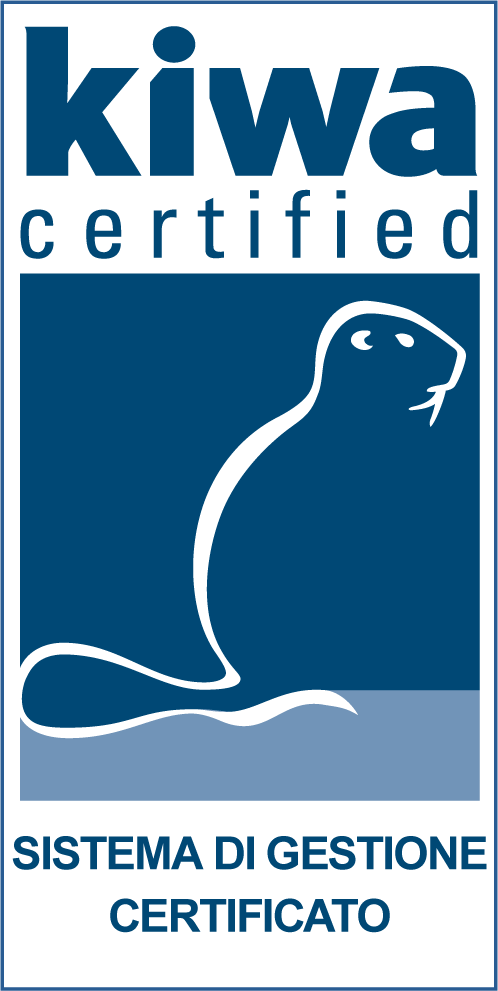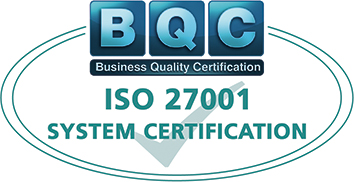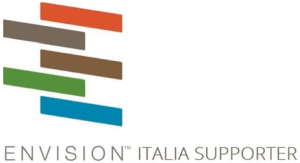The text, in its digital version of the sesto report Oice sulla digitalizzazione e le gare BIM 2022.
The report, after an introduction by President Giorgio Lupoi and a summary by Director General Andrea Mascolini, takes stock of the evolution of public demand resulting in tenders with electronic modeling request (BIM) issued in 2022. Also included in the appendix is the text of the annex to the new procurement code into which part of Decree 560/2017, as amended and supplemented, has been incorporated. Finally, before the fact sheets of the projects carried out by some sponsors, a document of observations and proposals on the contents of the BIM information specifications of Anas, RFI and Agenzia del demanio, the result of the work of an Oice Academy workshop coordinated by Elisa Crimi with the supervision of Oice Academy President Antonio Vettese, who moderated the Roundtable with the three above-mentioned principals, is attached.
Regarding the data, in summary: in 2022 there were 1,003 calls for tenders in which BIM was referred to, there had been 534 in 2021. The acceleration is due to the overall demand trend on the push of PNRR interventions.
BIM tenders out of the total number of contracts for architectural and engineering services issued in 2022 were in number 18.8% of the total (+87.8% over 2021) in value 47.6% of the total (+484.3% over 2021).
The majority of BIM tenders involved the awarding of design (66.8%), project verifications (18.5%), construction supervision (3.7%); structural verifications (4.0%), activities for surveying, topography, support services to the R.U.P. for drafting graphic designs, testing, are included in the definition of ‘other technical services’ (7.0%).
The most active Administrations were ANAS, RFI, Agenzia del Demanio, Invitalia and Port Authority accounting for 75.9 percent of the total.
Of the total number of calls, 88.7 percent involved interventions for point works (last year the percentage was 81.7 percent); the remaining percentage was for linear works.
In 547 cases out of 1,003 (54.5 percent of the total), BIM is a reward factor appreciated in the bid as “technical merit” or “methodology,” with specific scores ranging from 5.5 to a maximum of 24 points.
The report also takes into account the fact that 80.3% of OICE members say they have made investments on BIM, these are data that while confirming that the vast majority (more than 80%) of companies in the sector allocate a share of investments to the theme of digitization, compared to the previous year drops by 6.1%. As for the incidence of costs incurred for license purchases or subscription renewals in relation to total revenues, it has remained almost constant at around 2% over the past 3 years. On the other hand, slightly, but steadily increasing is the incidence of the average BIM cost in relation to the average cost of technical personnel, which, starting from 4.85% in 2020, reached 5.17% in 2022. (A.M.)








